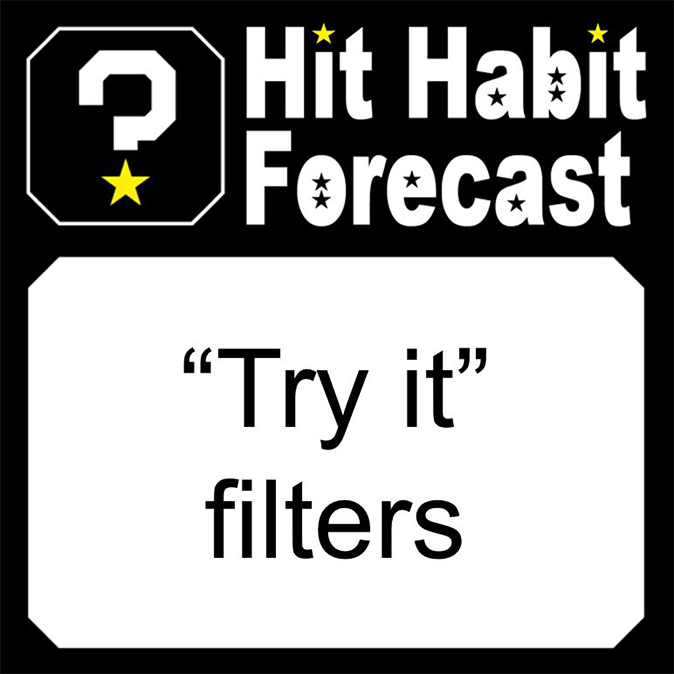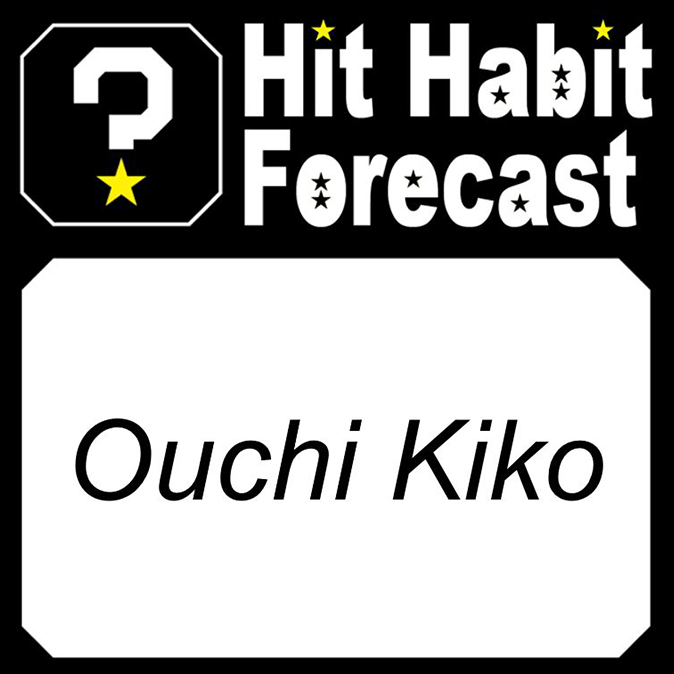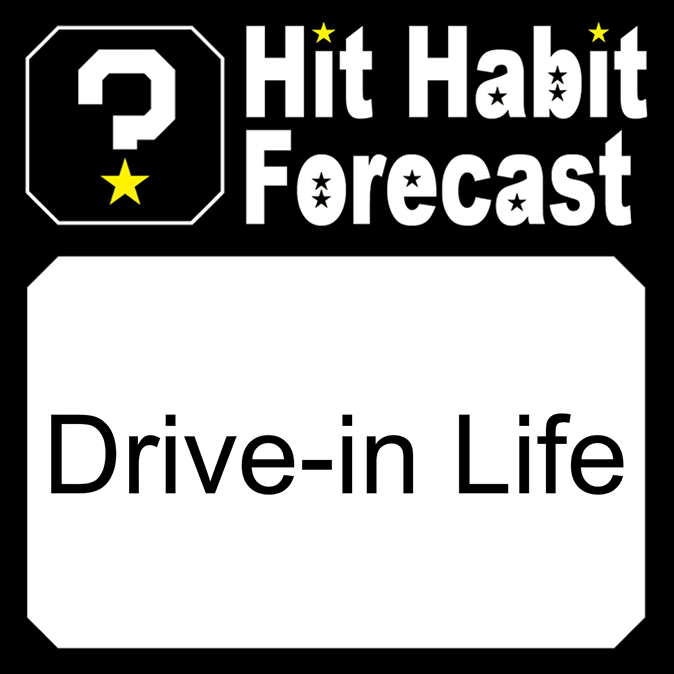- Viewpoints
Hit Habit Forecast is a regular column of the Hit Habit Makers, a group of young planners at Hakuhodo HQ that gamely stood up to say they were going to create hit habits—not hit products—as consumption shifts from purchasing things to purchasing experiences.
Analyzing social media accounts and purchasing data of highly sophisticated users and conducting analysis on popular articles, etc. in a variety of media that have their fingers on the pulse of social trends: this is the bold, new challenge of forecasting hit habits that are about to break.

Hello. I’m Shun Murayama of the Hit Habit Makers.
My work style has changed completely. With working from home my norm now, it is not unusual for days to go by where I don’t leave the house.
Even when I go out at the weekend and observe the streets, I think that maintaining social distance and avoiding the 3 Cs (closed spaces, crowded places and close-contact settings) is becoming second nature as a new habit that people can do without thinking. Searching the Japanese term “distancing” in Google Trends reveals that searches for it exploded from March, when the coronavirus became a pandemic, and has since begun to stabilize.
Searches for the Japanese term “Distancing”
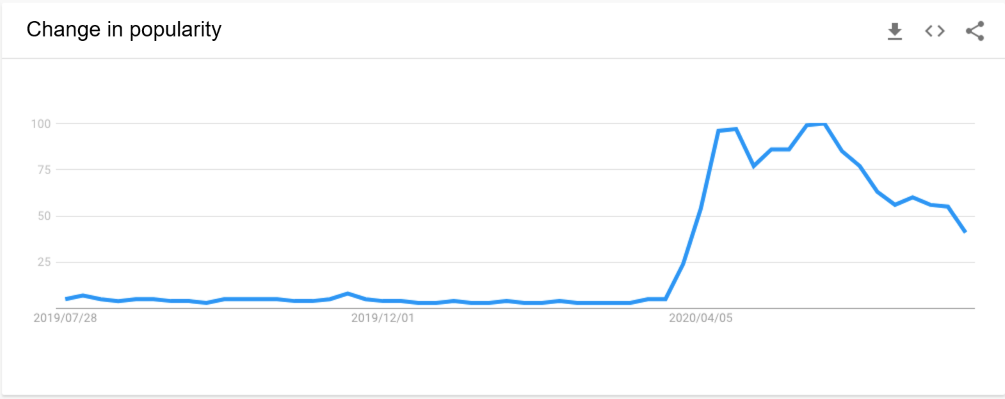
Today, social distancing, masks, partitions and other distancing measures have become a matter of course. With signs of a new habit emerging as people start to take a positive approach to distancing rather than simply forcibly keeping distance between themselves and others, in this edition we look at “playful distancing.”
For instance, one café I frequent became a topic of conversation when it installed mannequins to prevent people from sitting beside or in front of each other. Not only that, the mannequins were dressed in stylish outfits that could be purchased from a curated shop, and, if patrons liked the outfits, they could purchase them on the spot by reading a QR code. Rather than just removing or marking some chairs for the purpose of maintaining distancing, the place looked busy, even if it was mannequins, and the addition of the playful experience of being able to purchase the clothing made it a great initiative, I think.
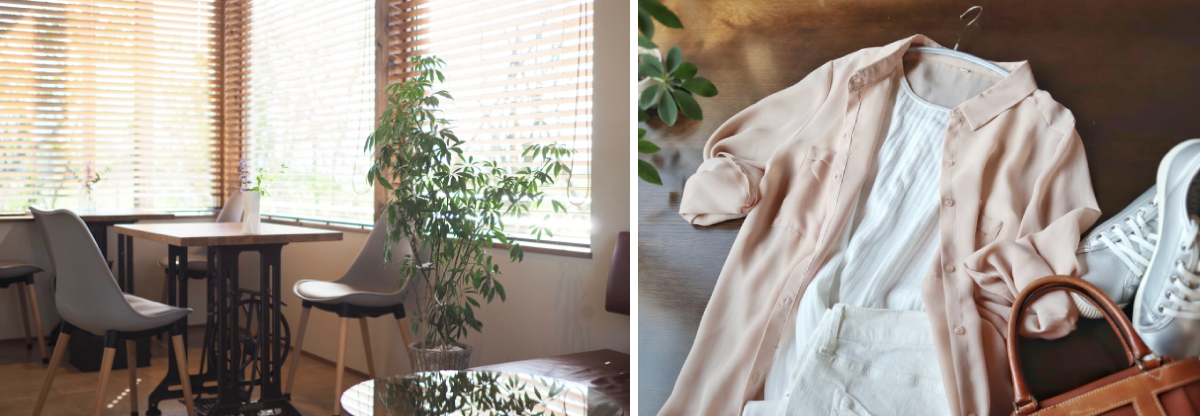
Elsewhere, it seems that more and more restaurants in France are introducing cone-shaped acrylic partitions that surround each visitor. Coming in stylish and sophisticated designs you’d expect at a restaurant in some science fiction world, they look more like part of the decor itself than partitions for the prevention of infection. Something to let patrons take off their masks and enjoy a good conversation also made the space exciting. I thought they were spaces truly of our new normal.
While on the topic of playful partitions, there were not only stylish shapes like those mentioned above, but also some where the partitions themselves were painted to create more diverse and unique spaces. One restaurant’s precautions involved artists painting pictures suited to its ambience on plastic drapes hung in front of the checkout counter to prevent droplet transmission. I was struck by how the delightful pictures made the space brighter and more lovely than before they were painted. In rural areas, it seems that craftsmen who decorate local crafts have begun a project to paint pictures on partitions. The partitions function as a new interface to tourists to encounter local designs. I was deeply impressed by them as good examples of enhancing the value of infection prevention with playfulness.
A daily necessity for maintaining distance between the most familiar people, there seems to be a change in demand for masks, too. One recent topic of conversation was manufacturers that had not previously produced masks before launching their own high-performance masks. These days, it’s not just masks with such functionality that are popular, but masks with playful designs as well. There are signs that beyond their function, masks are beginning to take hold as part of fashion. For instance, when a major department store launched fancy masks in collaboration with a fashion brand, they were so popular they sold out the very same day, and well-known fashion brands are now also selling t-shirt and mask sets. One fashion brand apparently carried out a playful initiative where they would embroider cute designs onto unused government-supplied masks people had languishing at home for free if they took them to their store. This is just the sort of playful initiative I’m talking about.
These are some examples, but with the end of the pandemic still not in sight, I think that these signs of “playful distancing” will continue to spread. The reason being that having to live with restrictions is no longer a short-term prospect, but something that will continue in the medium- to long-term. To address this, beyond functions simply for the purpose of restricting the virus, playfulness, which can transform them into new value that appeals to the sensibilities, is likely to become necessary in various contexts.
Finally, let’s think a bit about business opportunities offered by “playful distancing.”
Examples of “playful distancing” business opportunities
■ Open partitions at popular restaurants to new artists as galleries.
■ Use masks as a touchpoint for trying fabric softener fragrances.
■ Utilize space in cafes and restaurants left empty due to social distancing as places for sampling new products from companies.
And so on.
We may have to live with various restrictions today, but I am challenging myself to enjoy such restrictions in a playful and positive way.
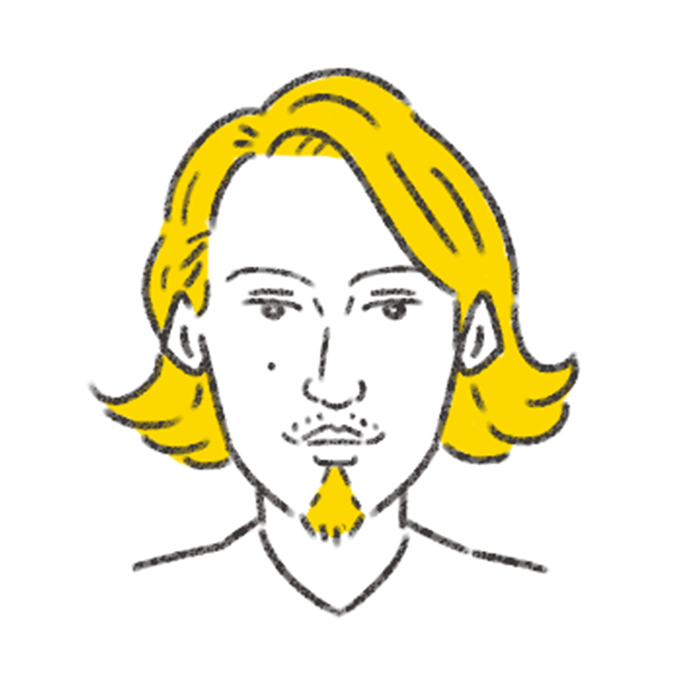
Integrated Planning & Creative Division
Hakuhodo Inc.














